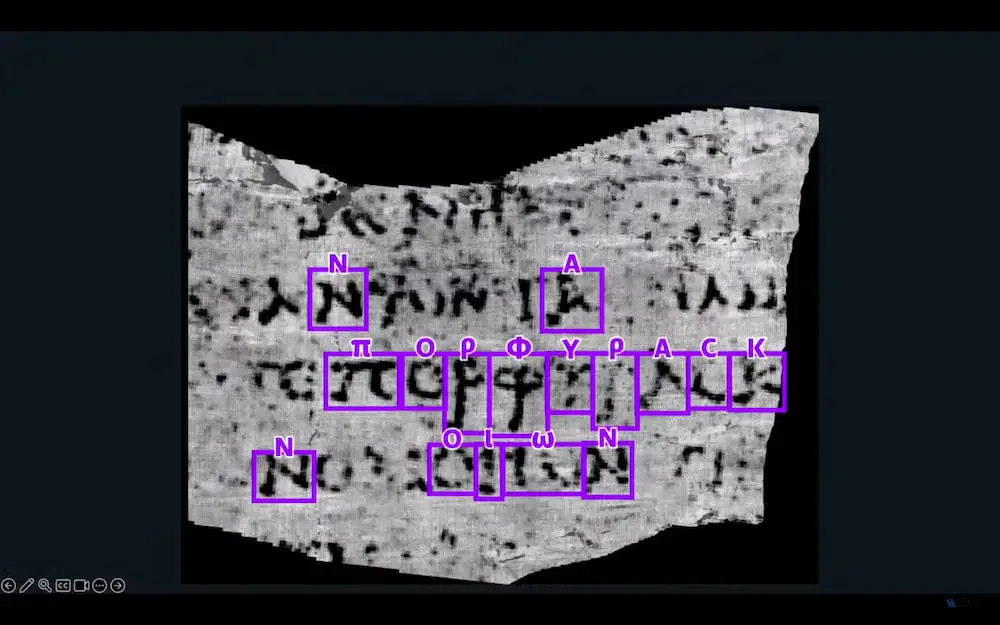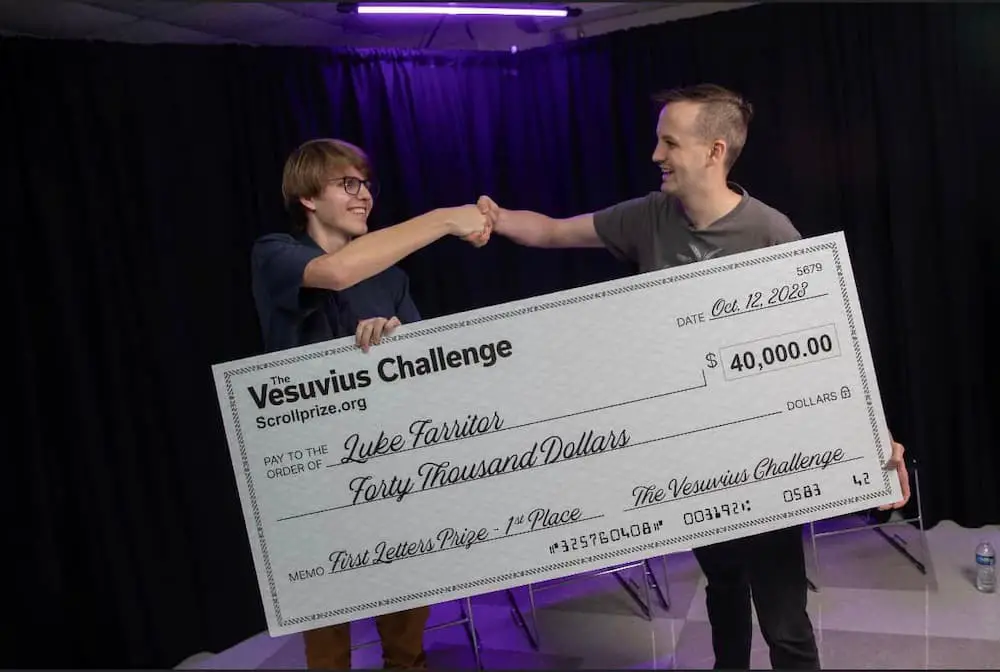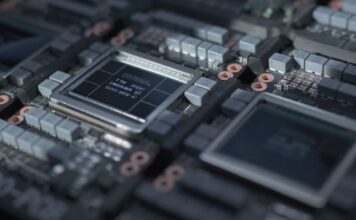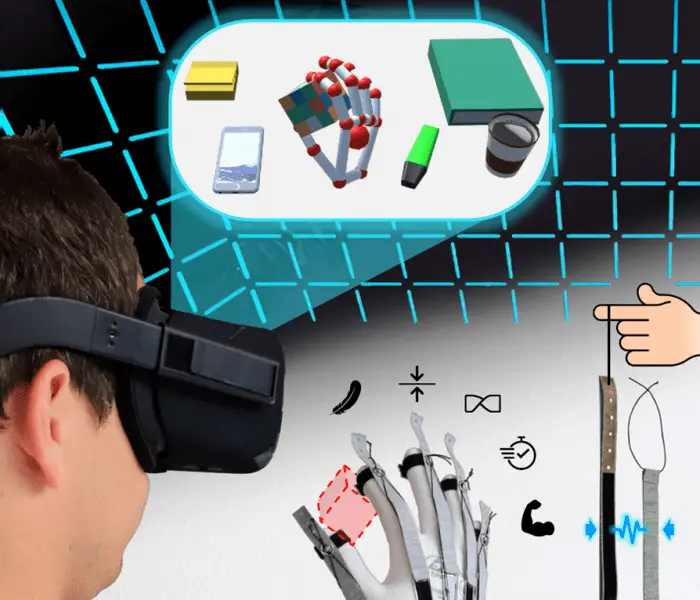After the eruption of Mount Vesuvius in Italy, volcanic ash quickly covered the prosperous ancient city of Pompeii and also affected the nearby town of Herculaneum. The valuable ancient scrolls in the area were blackened by volcanic gases, making it a challenging task to identify text from the charred paper. However, a computer science student, using a NVIDIA GeForce GTX 1070 and machine learning, successfully deciphered a word in the ancient Roman papyrus scroll, winning a $40,000 prize.
Due to severe carbonization and extreme fragility, opening the scrolls could result in them turning into fragments or being damaged. Over the past few decades, scientists have attempted various imaging techniques, with X-ray being the preferred method for reading internal text without opening the scroll. However, the Herculaneum scrolls were written with carbon ink, making it difficult to separate the burned pages from the scroll using conventional X-rays.
Professor Brent Seales and his team at the EduceLab at the University of Kentucky made a breakthrough in 2019. They used a particle accelerator to enhance X-rays, imaging the Herculaneum scrolls and generating 3D CT scans with a resolution of up to 4μm.
These X-rays can be processed through machine learning models to make ink marks clearer. Therefore, the Seales team launched the “Vesuvius Challenge” this year, offering prizes to individuals who can use artificial intelligence to interpret the text on two scrolls.
By August of this year, a person named Casey Handmer detailed in a blog post how he discovered the “crackle pattern” caused by ink marks on the scrolls, indirectly leading to Luke Farritor’s discovery.

Luke Farritor is a student at the University of Nebraska-Lincoln and also a SpaceX intern. Using an old GTX 1070, he created a machine learning algorithm to identify the “crackle pattern” on the scrolls. This algorithm could recognize clearer portions of letters on the scrolls, leading to the successful identification of the ancient Greek word “πορφυρας” (porphyras).
The meaning of “πορφυρας” is “purple” and can refer to a purple dye or purple clothing. This word earned Farritor a $40,000 prize.

Herculaneum was first discovered in 1738, and in 1750, King Charles VII of Naples ordered excavations of the site. In the paper villa of Herculaneum, more than 1,800 papyrus scrolls were found. Soon after, the site was forgotten and rediscovered in 1986.
The villa is believed to have belonged to Lucius Calpurnius Piso Caesoninus, the father-in-law of Emperor Caesar. It contains sculptures, frescoes, and scrolls named after Herculaneum. The Paper Villa also unveiled a half-statue of the renowned Roman general Scipio Africanus.




